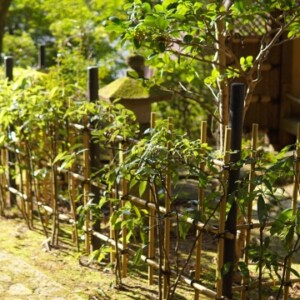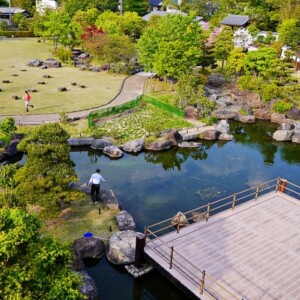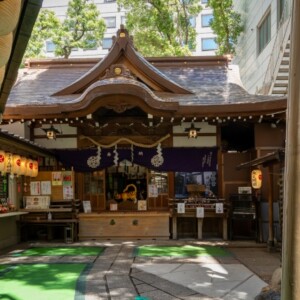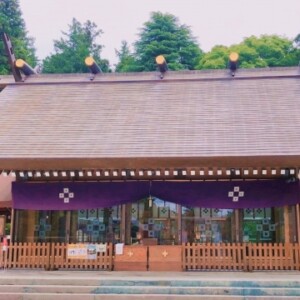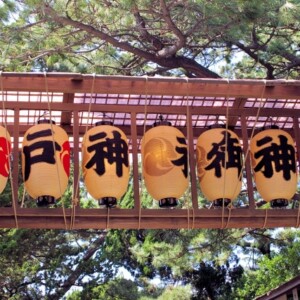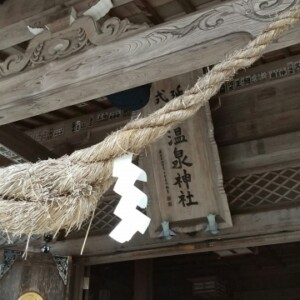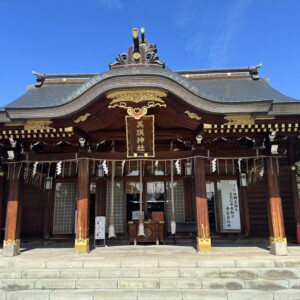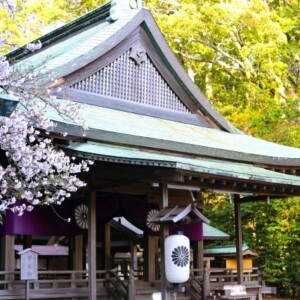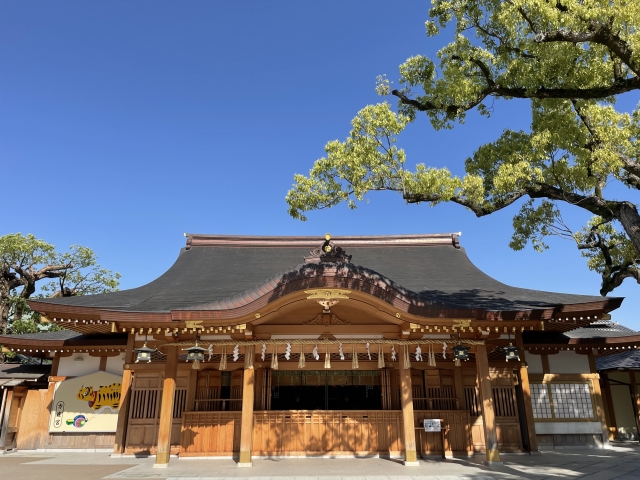
Hokkaijinja|A complete guide to the history, highlights, and worship information of this historic shrine that protects against disasters.
Hochigai Shrine, located in Sakai-ku, Sakai City, Osaka Prefecture, is a historic shrine that has been visited by worshippers from all over the country since ancient times as a deity to ward off misfortune. Known locally as “Hochigai-san,” the shrine is known as a clear place with no direction on the border of the three countries of Settsu, Kawachi, and Izumi, and is prayed for to ward off bad luck when relocating or traveling.
Outline and basic information about Houkai Shrine
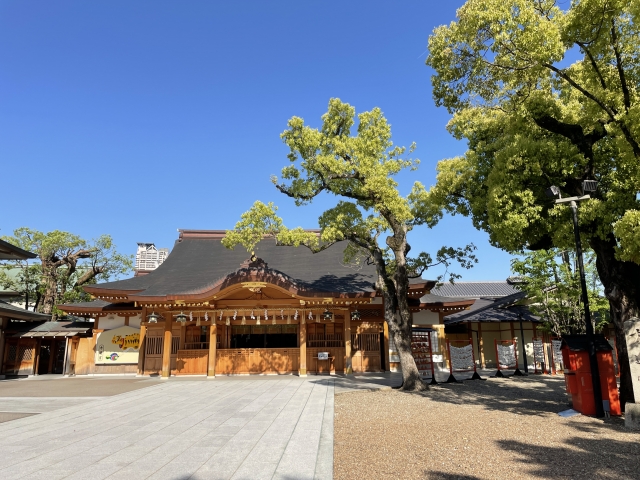
Located on the border of the three provinces of Settsu, Kawachi, and Izumi, Hogai Shrine is a rare shrine in Japan that is known for its purity and lack of direction, and for its prayers to ward off bad luck. There is an old saying that if you visit the shrine when you travel to distant places or move house, you will not meet with misfortune.
History and Origin
According to shrine legend, the shrine was founded on December 29, the 8th year of Emperor Sojin’s reign (90 B.C.), when Monobe no Omorosumitokini was sent to Ishizuhara in Chiyanu to enshrine the god Susano no Kami.
Later, when Empress Jingu faced the rebellion of King Oshikuma after the conquest of Korea, she enshrined Tenjin Jigion at this site and prayed for protection against disaster, and won the battle. This place was also called “Mikuni-yama” or “Mikuni-oka” because of its location on the border of the three countries of Settsu, Kawachi, and Izumi.
The belief that the boundary of the three countries is a pure land with no direction belonging to any one country gave rise to the belief that zongzi made from the soil and straw leaves of the shrine’s precincts would purge bad directions, and since ancient times, pilgrims have come from all over Japan to pray to the deity for protection from bad directions.
Deities and Benefits
The god of worship at Katatagae Shrine is Katatagae Sachi Okami, who has long been worshipped as a shrine to ward off disasters such as wrong directions, geographical features, and the aspect of the house. The main benefits of the shrine are to ward off misfortune, to ensure safe relocation, travel safety, new construction safety, traffic safety, etc. Many visitors come to the shrine to pray, especially for avoiding misfortune related to direction.
In the Edo period (1603-1867), a popular belief that people should visit the shrine in order to avoid disasters related to the direction of their houses, travel, or embark on a voyage in the forbidden direction.
Highlights and Features of Hyojo-jinja Shrine
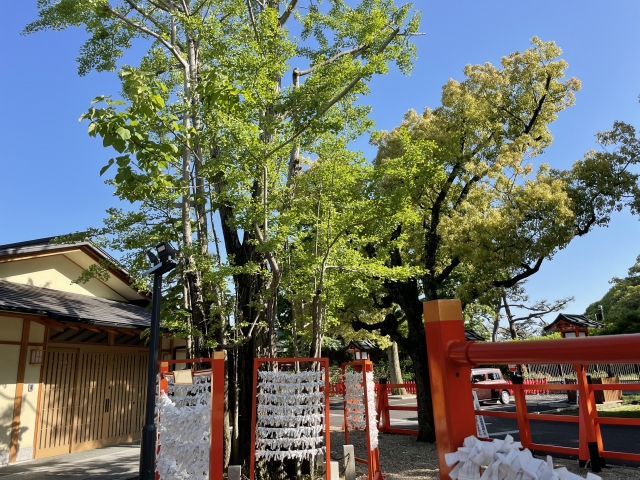
Hokkai Shrine is a shrine with many highlights, where historic buildings and a beautiful natural environment coexist in harmony. The beautiful newly reconstructed shrine pavilions and precious natural monument trees coexist within the shrine grounds.
Architectural and Structural Attractions
The current shrine pavilion is new, built in 2017, and has a beautiful and clean appearance. Although this ancient shrine has a history dating back to B.C., the current main shrine building is new and maintains a clean and beautiful atmosphere.
The precincts of the shrine are neatly swept, creating a sacred space that feels clean and fresh. The approach leading from the front torii gate to the precincts of the shrine plays an important role in guiding worshippers into the sacred realm.
Nature and scenic beauty
The precincts of the shrine have a serene atmosphere, and the cleanliness of the environment provides visitors with a sense of peace and tranquility. There are camphor trees and ginkgo trees on the grounds, which were designated as Sakai City Preserved Trees on March 15, 1980.
Visitors can also enjoy beautiful flowers depending on the season, providing a peaceful worship experience in a rich natural environment.
Kurogane mochi, a natural treasure
On the southeast side of Hokkai Shrine, there is an evergreen tree called “Kuroganemochi” on the sidewalk along what is commonly known as “Keyaki-dori” (Zelkova Avenue). With a diameter of 1.1 meters at breast height, a trunk circumference of 3.5 meters, and a height of 6.8 meters, this tree is the largest in diameter and trunk circumference among more than 40 large trees in the city, and is a giant tree of considerable age.
It was designated as a natural monument by Osaka Prefecture on March 30, 1973. As of 2018, the tree is in decline and is supported by an iron pole. It was once located beside the approach to the Hokkai Shrine and was thought to have been rich in greenery, but now the surrounding area has been urbanized.
Guide to Worship and Visitation
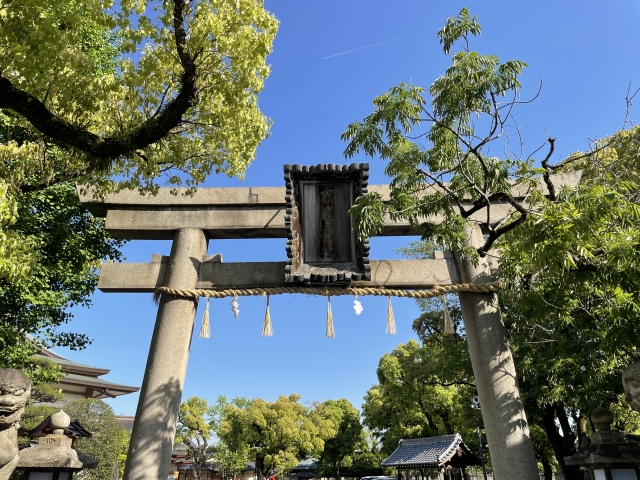
Worship at Hokkai Shrine is important to many people who seek the special blessing of protection from the evil of the world. Please be mindful of the proper etiquette for visiting the shrine and cherish your time in this sacred place.
Worship Etiquette and Manners
When worshipping at Hokkai Shrine, please follow the general etiquette for shrine visits. First, bow as you pass through the torii gate and avoid the center of the path. After purifying your body and mind at the water closet, bow in front of the hall of worship in the manner of Nirei Ni-ni-no-hate-ichirii.
As a belief unique to Hokkai Shrine, purifying sand and zongzi (glutinous rice dumplings) to ward off calamities are believed to be very beneficial. There is a belief that if you take soil from the shrine grounds and sprinkle it on the ground, you will avoid being cursed. It is recommended that you receive these gifts when praying before moving or traveling.
Annual and Seasonal Events
On May 31, the Zongzi Matsuri (regular festival) is held, known as the festival of offering rice dumplings (chimaki). Based on the belief that the shrine is located in a place that does not belong to any of the Settsu, Kawachi, or Izumi regions, it is believed that the zongzi made from the soil of the shrine grounds will purify bad directions. This festival is derived from the legend that Empress Jingu purified the shrine, and the ritual is held from 1:00 p.m. on the day of the festival.
In mid-September, the Futon-Daiko Autumn Festival is also held and attracts many people as a traditional community event.
On the 1st and 15th of each month (except New Year’s Day), the Monthly Service is held at 8:30 a.m. and is open to the public.
Red Seal and Good Luck Charm Information
Red seals are available for a first-earning fee of 500 yen. The red seal is available for a first-earning fee of 500 yen, and the awarding office is open year-round.
Hokkai Shrine offers a number of good luck charms and money charms that are believed to be good luck charms for relocation. Travel safety charms are also available, and those with an earth pattern are popular for their protection when traveling abroad. These amulets, which are specially designed to protect you from disasters, are very rare and precious.
Access and Usage Information
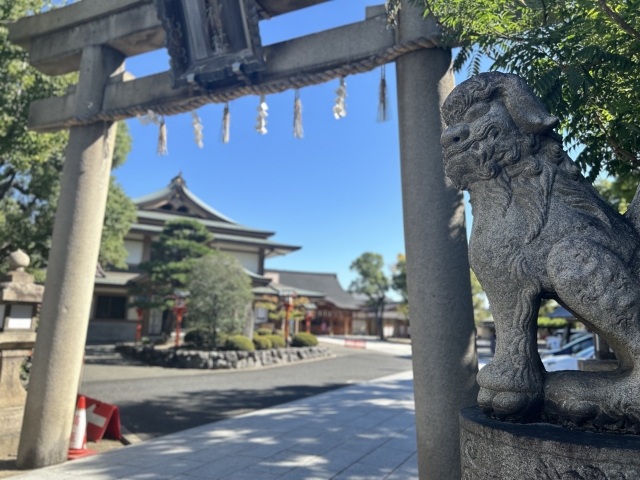
Public transportation is convenient for access to Hokkai Shrine, which is accessible from several stations. It is recommended to check visiting hours and parking information in advance.
Access to the shrine
The shrine is a 5-minute walk from the northeast exit of Sakai-Higashi Station on the Nankai Koya Line and a 15-minute walk from JR Sakai-shi Station. There is also information that it is a 7-minute walk from Sakai-Higashi Station on the Nankai Koya Line and a 15-minute walk from Sakai-shi Station on the JR Hanwa Line.
It is closest to Sakai Higashi Station and is located to the northeast across the Anti-Jyo Imperial Tomb from the station. The path may be somewhat confusing, so we recommend that you check the map in advance.
<Address> 2-2-1, Kitamikunigaoka-cho, Sakai-ku, Sakai-shi, Osaka 590-0021
Hours of Operation, Fees, and Parking
Prayer service hours are from 9:00 to 16:00, and reservations are not accepted. Weekdays on the 9th, 19th, and 29th are prayer holidays, but the temple is open all week on Saturdays, Sundays, national holidays, and major holidays. There is no time limit for the visit itself, so you can visit early in the morning or in the evening when it is quieter.
There is no entrance fee. If you wish to pray, you can apply at the reception desk on the day of your visit.
Parking is available through the front torii gate into the temple grounds, and 30 cars can be parked. Although there is a parking lot on the shrine grounds, we recommend that you leave well in advance if you are coming by car, as cars may line up on the road in front of the shrine on days when it is a great holiday. If parking is not available, there are parking lots nearby.
For detailed hours of operation and special events, please check the official website for the latest information.
Reference Site
Official website of Hokkaijinja Shrine: http://www.hochigai-jinja.or.jp/



